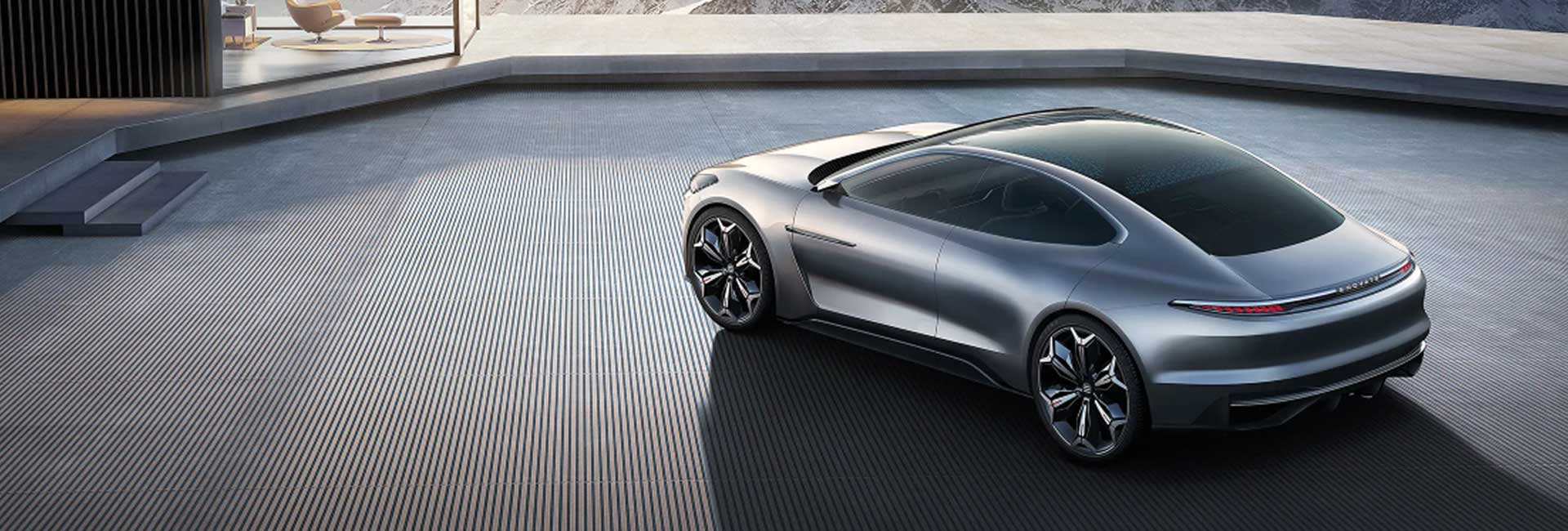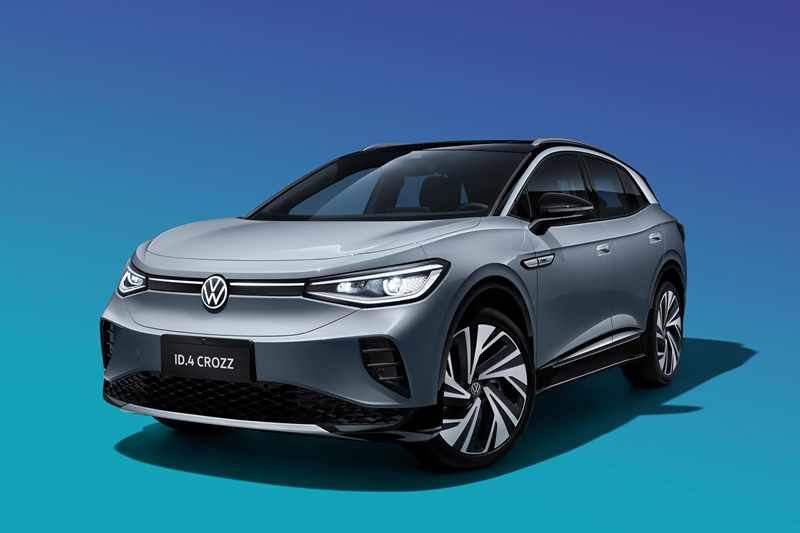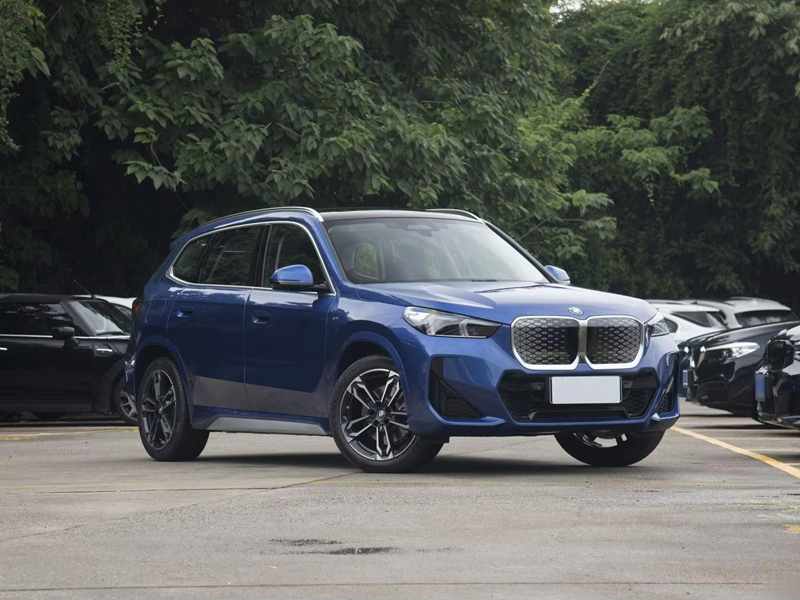
BMW i3 The Urban EV Pioneer That Changed the Game
BMW i3 The Urban EV Pioneer That Changed the Game
A Bold Step into the Electric Future
When the BMW i3 was first introduced in 2013, it was more than just a new vehicle—it was a declaration. BMW’s first mass-produced electric car was daringly designed, environmentally focused, and engineered from the ground up as a premium urban EV. Even years after its release, the i3 remains one of the most distinctive and talked-about electric vehicles ever made.
Lightweight Engineering Meets Premium Innovation
What sets the BMW i3 apart is its construction. Unlike most EVs built on modified combustion-engine platforms, the i3 was designed on a bespoke carbon-fiber-reinforced plastic (CFRP) chassis, called the LifeDrive architecture. This two-part system includes:
- Life Module: A lightweight passenger cell made from carbon fiber, ensuring high strength and crash safety.
- Drive Module: An aluminum frame housing the battery, motor, and suspension components.
The result? A nimble, efficient vehicle with a remarkably low curb weight of approximately 2,700–3,000 lbs (1,200–1,360 kg), depending on the configuration.
Powertrain and Range Options
The i3 was offered in several variants over its production life:
| Model | Electric Range (EPA) | Motor Output | 0–60 mph |
|---|---|---|---|
| i3 BEV (60 Ah) | 81 miles (130 km) | 170 hp | 7.2 sec |
| i3 BEV (94 Ah) | 114 miles (183 km) | 170 hp | 7.2 sec |
| i3s BEV | 107 miles (172 km) | 181 hp | 6.8 sec |
| i3 REx (Range Extender) | up to 180 miles (290 km) | 170 hp + 650cc 2-cyl engine | 8.0 sec |
Urban Practicality with Premium Touches
Despite its compact exterior, the BMW i3 offers surprising interior space thanks to its flat floor and upright design. Its suicide-style rear doors provide easy access to the rear seats, while sustainable materials such as eucalyptus wood, recycled plastics, and wool-blend fabrics reflect BMW’s commitment to eco-conscious luxury.
Interior Highlights:
- Floating digital display and navigation system
- Optional Harman Kardon premium audio
- Heated front seats and automatic climate control
- Sustainable upholstery options (e.g., leather-tanned with olive leaf extract)
Charging and Connectivity
The i3 supports both Level 2 (AC) and DC Fast Charging via CCS. With fast charging, the i3 can recharge from 0–80% in about 40 minutes, making it practical for urban use and short intercity trips.
BMW also offered app-based remote services through BMW ConnectedDrive, allowing owners to monitor charging status, pre-condition the cabin, or locate the vehicle remotely.
Fun to Drive, Even Years Later
Despite its green focus, the i3 delivers a lively driving experience. Its rear-wheel-drive layout, low center of gravity, and instant torque make city driving feel agile and engaging. The turning radius is impressively tight, ideal for dense urban environments.
The Legacy of the BMW i3
Though production ended in 2022, the i3 remains a cult favorite and a symbol of innovation. It paved the way for BMW’s growing electric lineup, including the iX1, i4, and iX. The i3 was not just BMW’s first real EV—it was the company’s experimental playground that proved electrification could coexist with premium German engineering.
Fun Fact:
By the end of its production run, over **250,000 units** of the BMW i3 had been sold worldwide.
Conclusion: The Original Urban EV Icon
The BMW i3 wasn’t designed to blend in—it was built to lead. Its futuristic design, innovative materials, and bold EV-first engineering made it a true outlier in its class. For urban commuters seeking a reliable, eco-conscious, and fun-to-drive EV, the i3 remains an attractive and influential choice, even in today’s competitive electric vehicle market.
Request for Quotation
Releated Vehicles
Rencent Post
- 5 Things We Love (and Hate) About the Geely Binyue09-25 2025
- Should You Trade Your Old SUV for a Geely Binyue?09-25 2025
- Behind the Wheel of the Binyue Geely: Driving Impressions09-25 2025
- Why Families Are Choosing the Geely Binyue for Everyday Driving09-25 2025
- Is the Geely Binyue L Worth the Upgrade From the Standard Model?09-25 2025
- Geely Binyue vs Binyue L: What’s the Real Difference?09-25 2025



